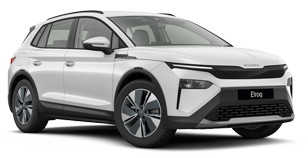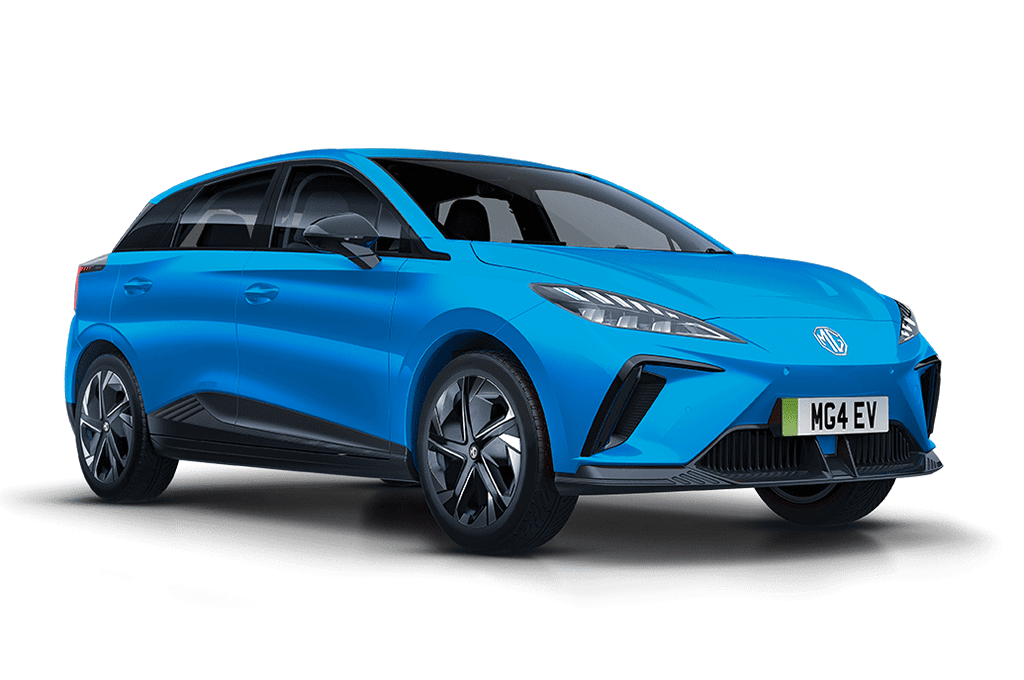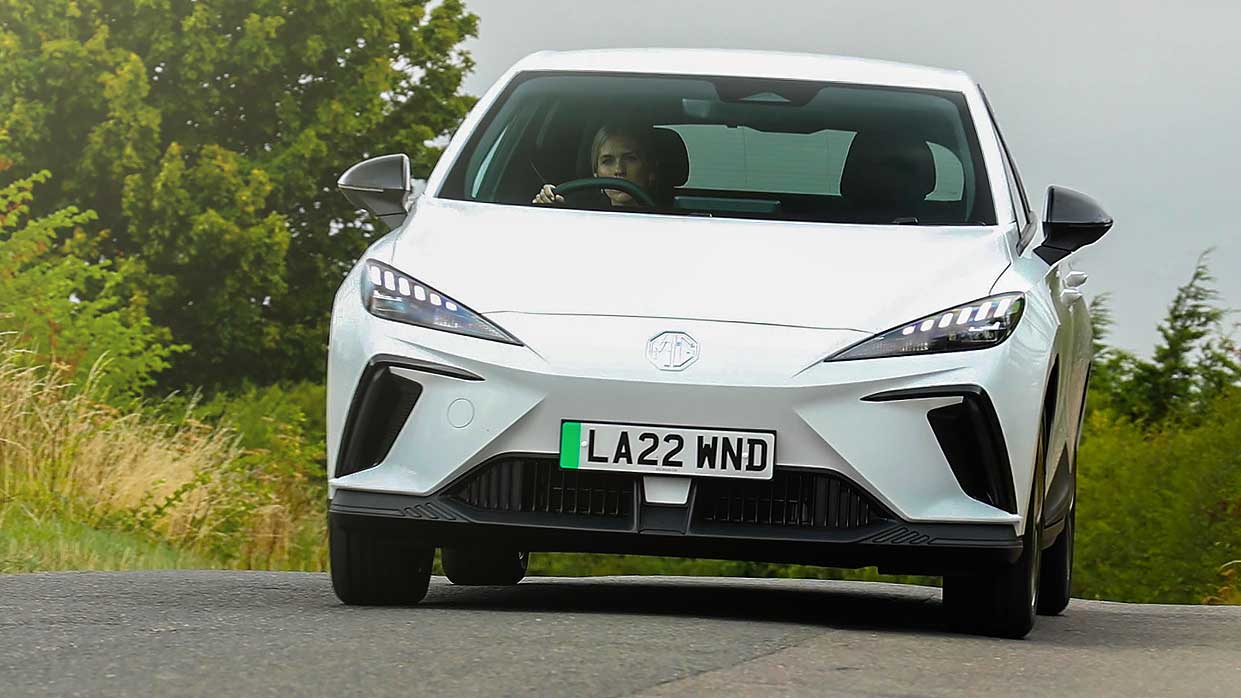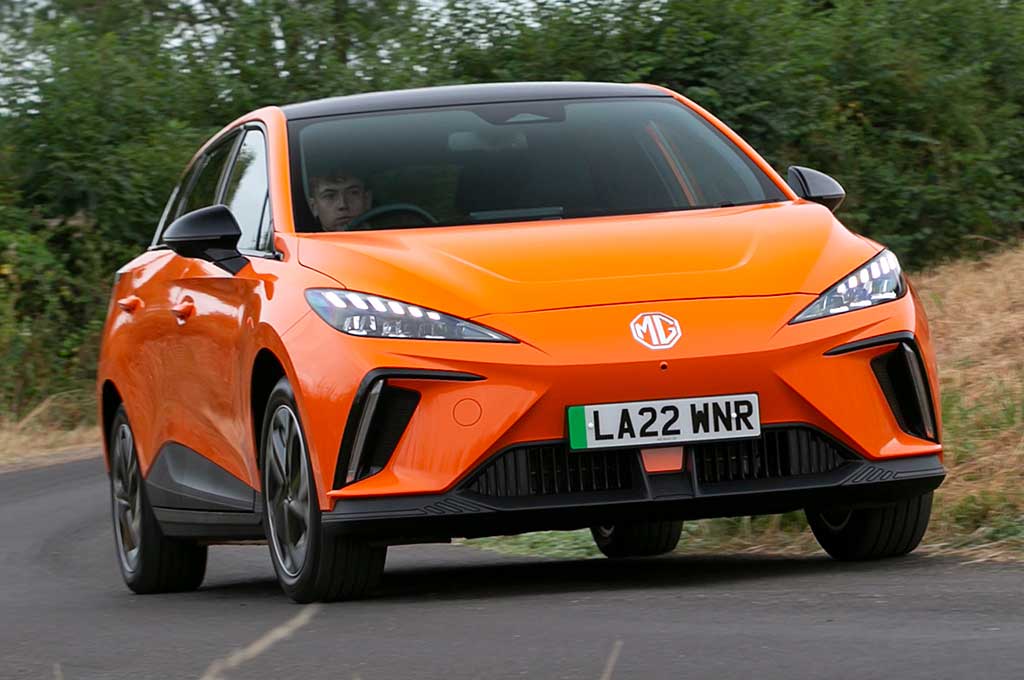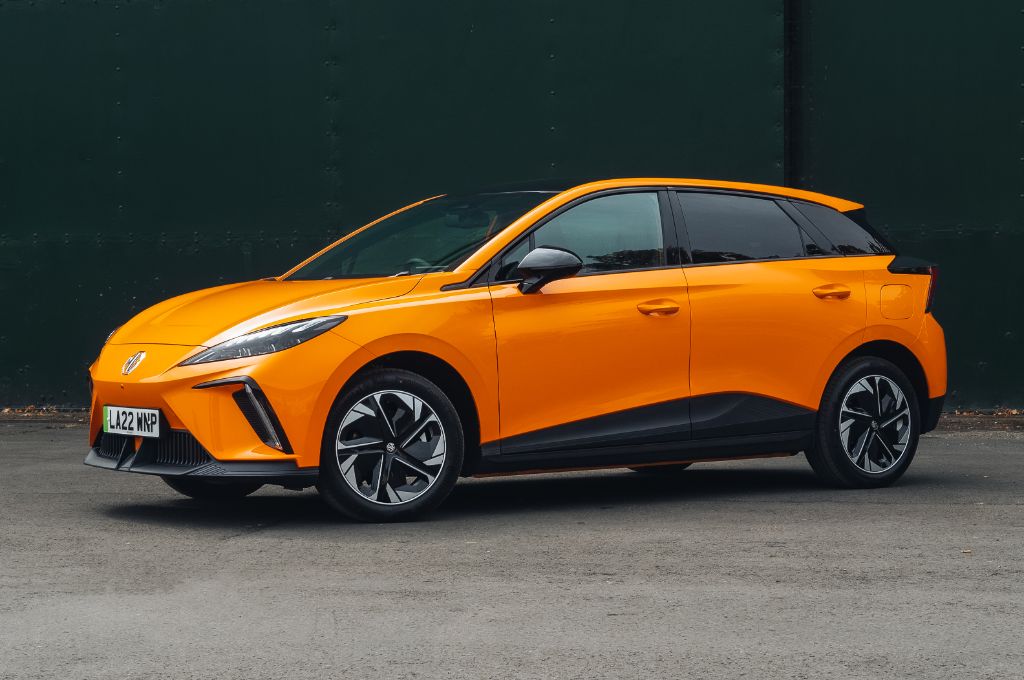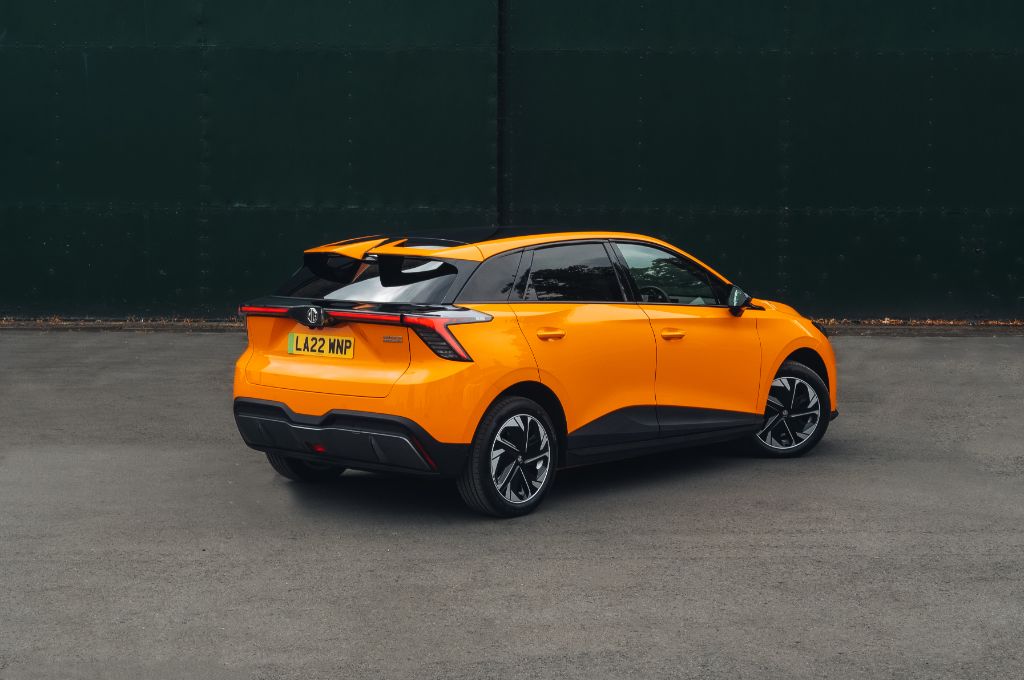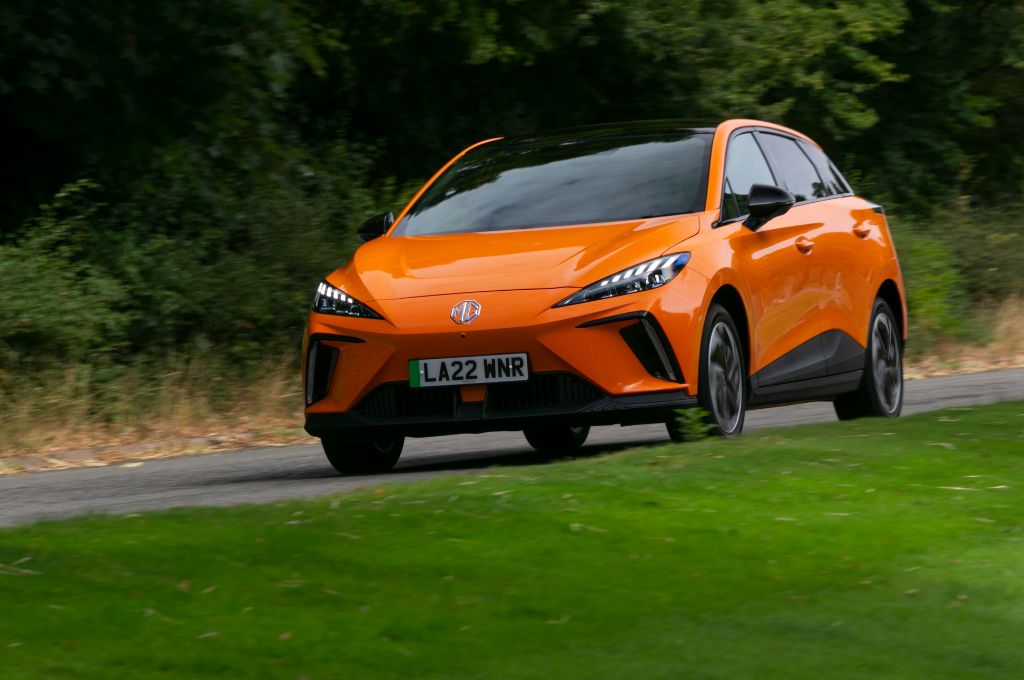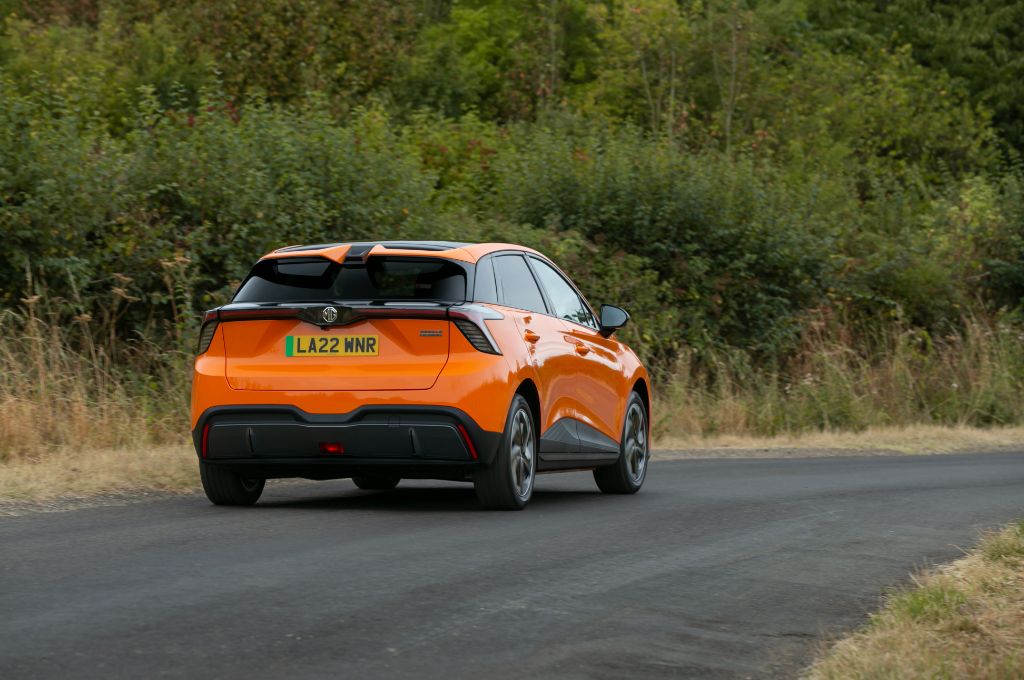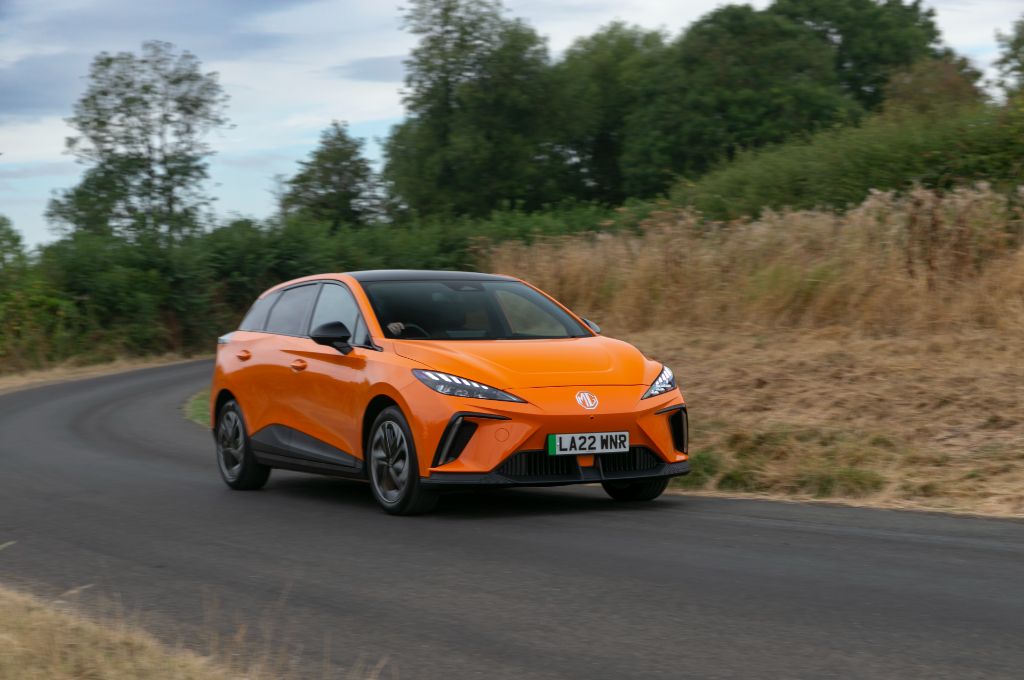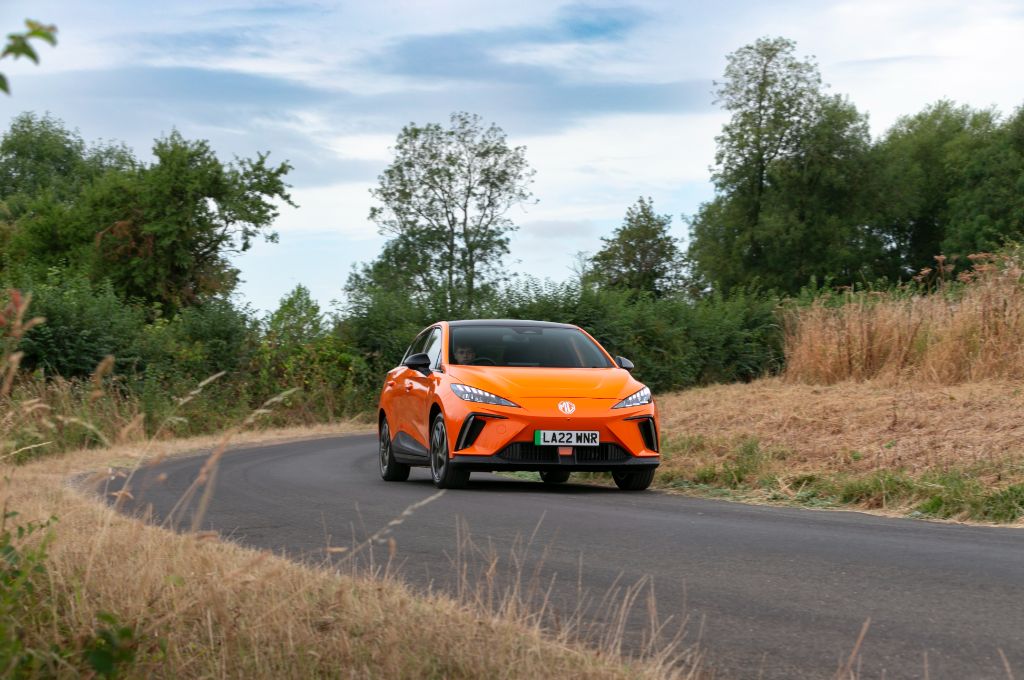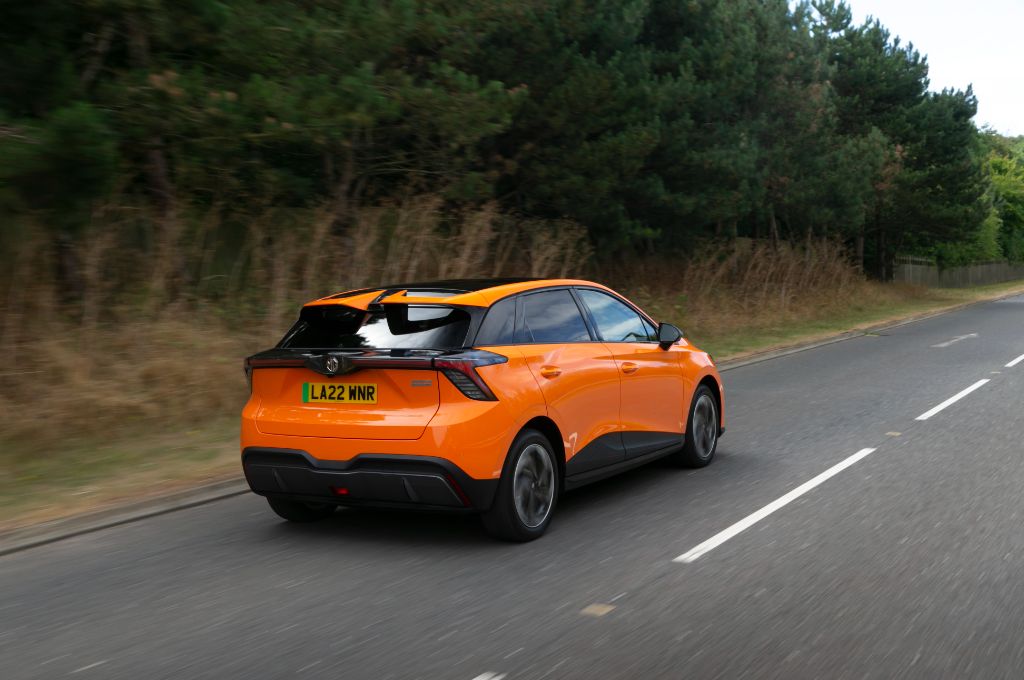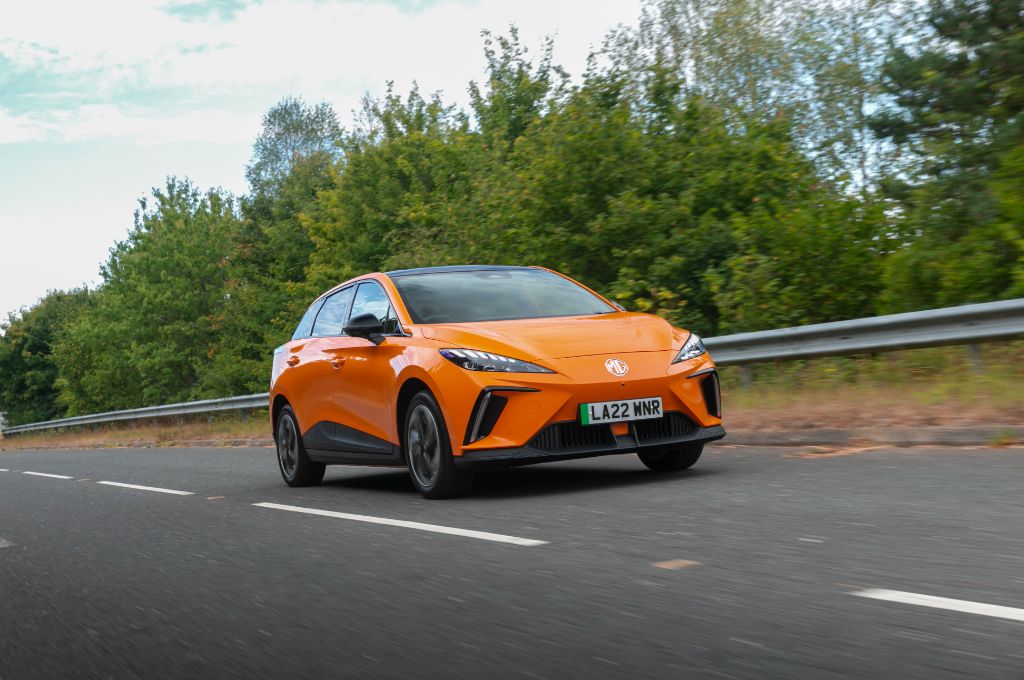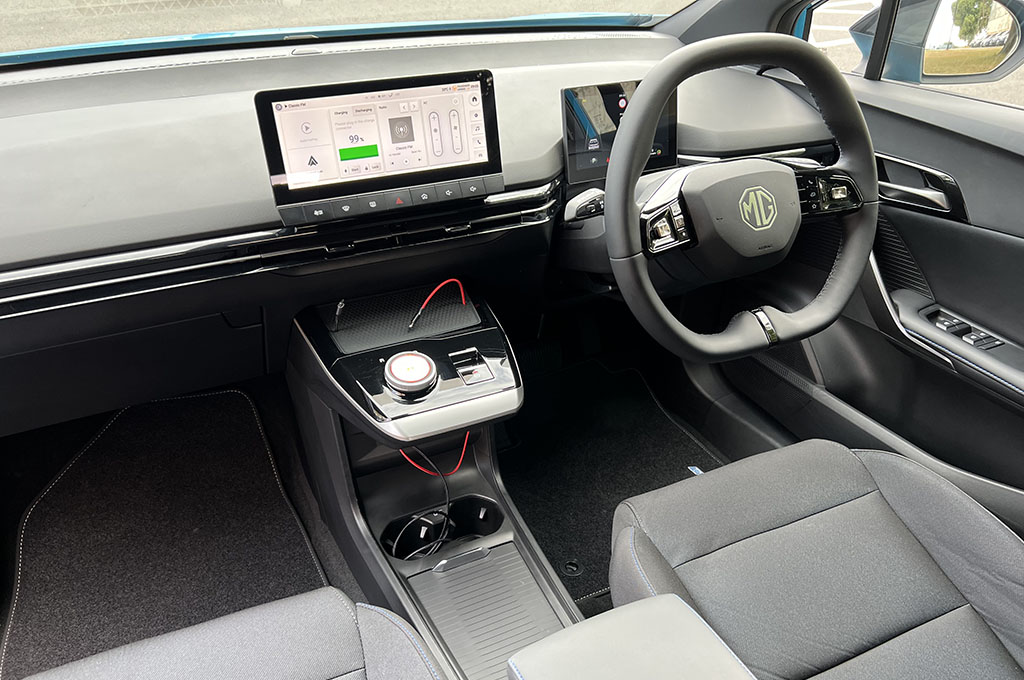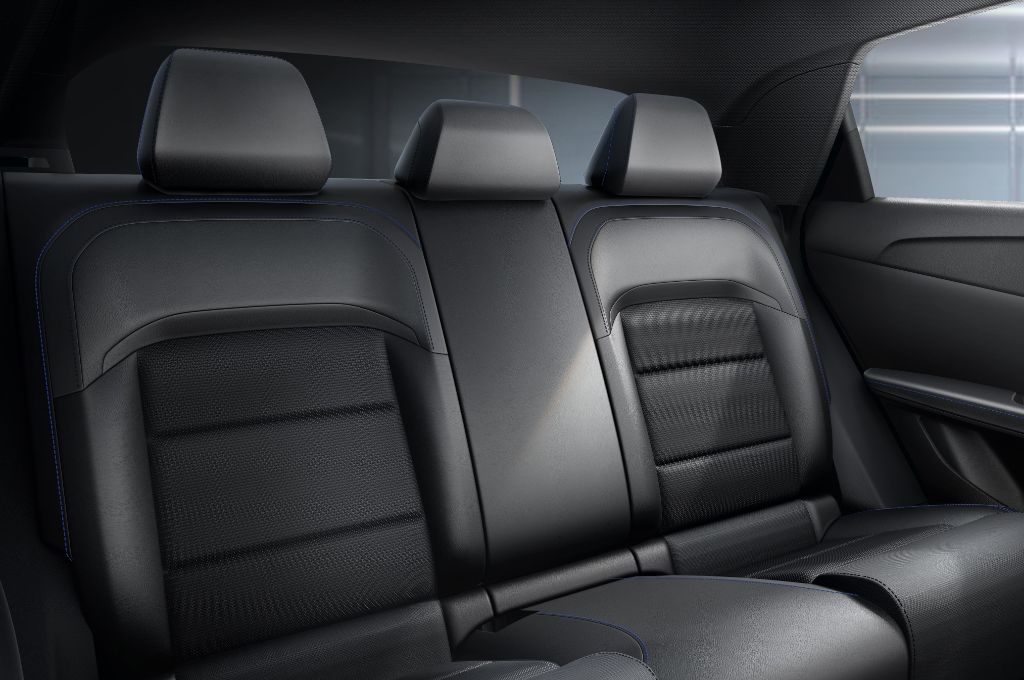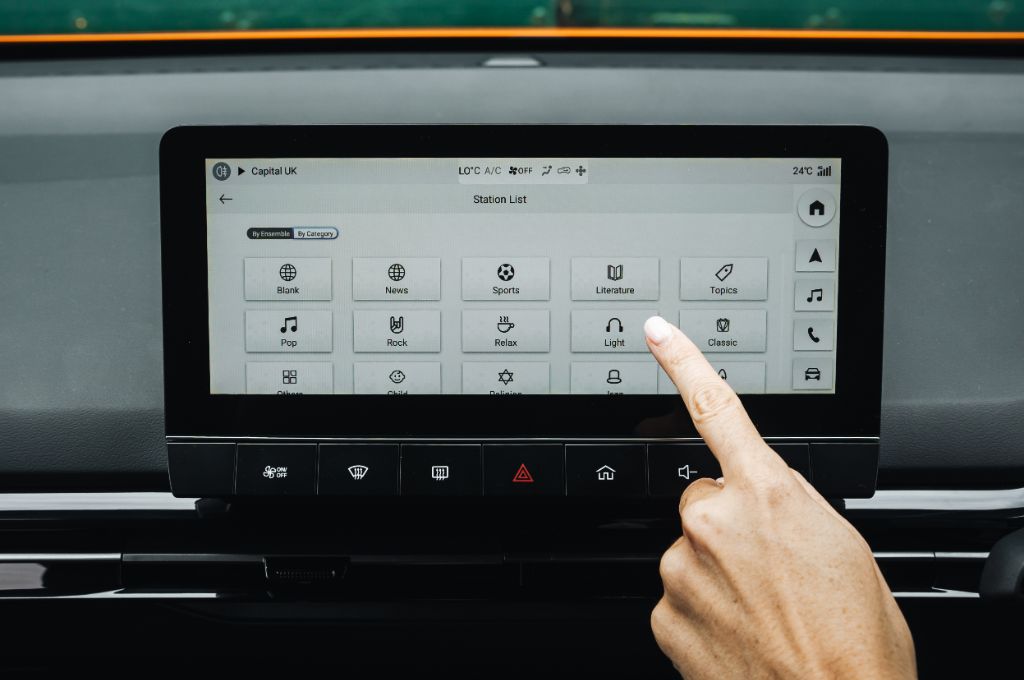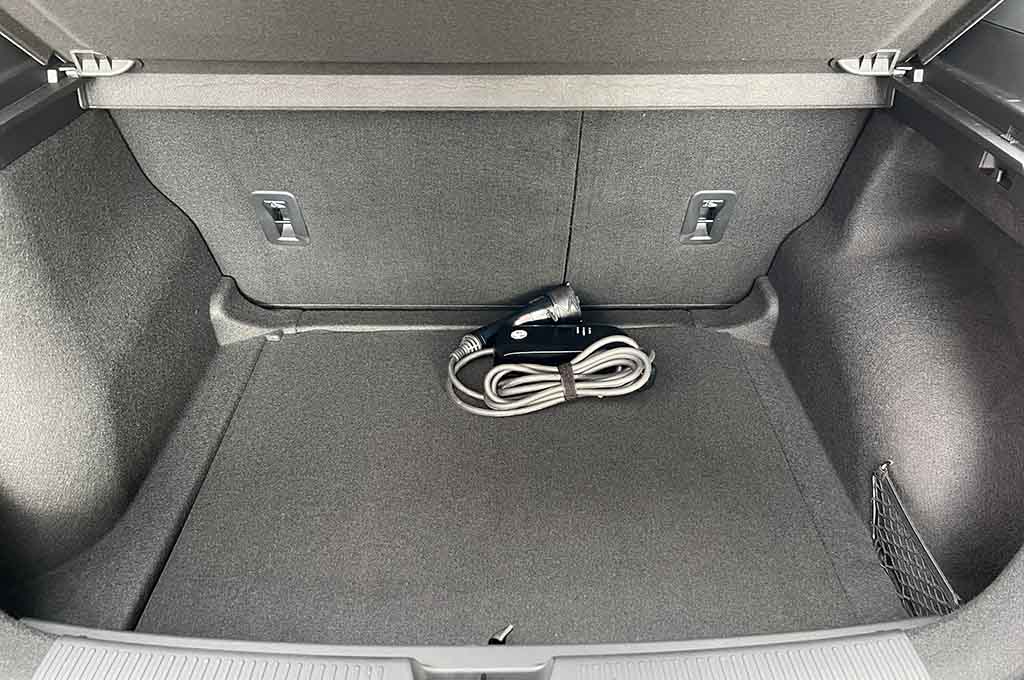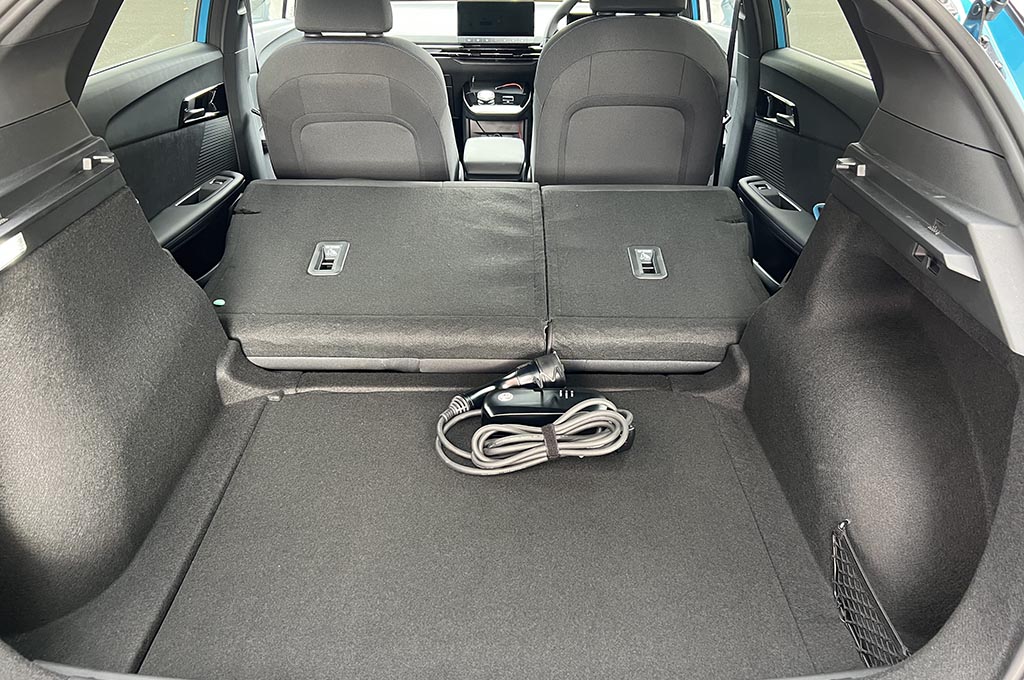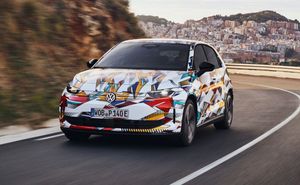Introduction
Here we are, almost two decades after Chinese automotive giant SAIC acquired the MG brand, and battery-powered MGs are now some of the most in-demand electric cars in the industry. Not least because the MG4 has really moved the game on for affordable, electric family hatches.
Aimed squarely at the Volkswagen ID.3 (the dimensions are almost identical), Kia EV3 and Skoda Elroq, the MG4’s purpose-built foundations also form the basis for the similarly worthy and affordable MGS5 SUV (which is definitely one to consider if you like the MG4 but want a bit more space or a higher ride height).
The MG4 is clearly the sharpest and most distinctive electric MG yet. The edges look crisp, the detailing neatly resolved and the whole shape of the car looks more family hatchback than compact SUV, we're particularly fond of it. The posher Trophy models have a contrasting colour roof and distinctive roof spoilers, as well as a funky rear light pattern.
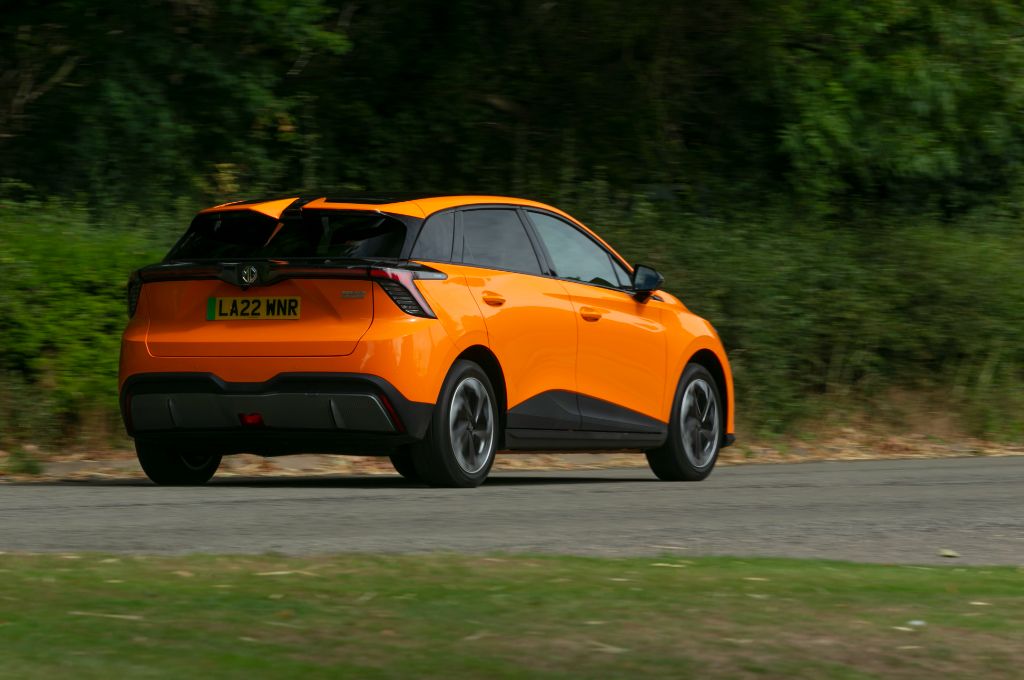
Inside, the interior feels up to date thanks to an open-plan dashboard arrangement and two screens, one in front of the driver and the other for the touchscreen infotainment screen. Unlike Volkswagen, MG has opted to install a row of physical buttons, which makes it easier to use on the move - although the touchscreen itself can still be quite fiddly in the MG4. It’s easy to find a good driving position, there’s decent space in the back for passengers and the boot, at 363 litres, is of average size but is good enough for many family motorists.
Check out the Skoda Elroq, Ford Puma Gen-E and Renault 4 if you want something that costs a similar amount to the MG4 but gets a bigger boot!
There are three battery sizes – 49kWh, 62kWh and 74kWh (usable capacities). The smaller pack, called Standard Range, gets an official WLTP figure of 217 miles, or around 190 miles of real world range. The 62kWh pack, named Long Range, gives a claimed 288 miles in SE spec, while the racier Trophy model sees that figure dip to 279 miles. The 74kWh Extended Range offers 329 miles of range, making this one of the most affordable ways into an EV with more than 300 miles of claimed range. There's also the high performance MG4 XPower, if you want scorching power and all-wheel drive.
The MG4 charges at up to 117kW for the 49kWh version or 135kW with the 62kWh Long Range. The 62kWh XPower can accept 140kW and the 74kWh Extended Range can accept 144kW.
On the road, the MG4 delivers a sportier and more engaging drive than the MGS5, yet the ride is good. It doesn’t feel quite as composed as a Volkswagen ID.3 or as thrilling as a Cupra Born, but it's a good car to drive - confident yet fun.
The MG4 range is keenly priced, and undercuts alternatives like the Kia EV3, VW ID.3 and Skoda Elroq, and it's also typically very affordable on monthly PCP finance and lease prices.
Verdict
This car is a bit of a game changer for MG – if not the electric car market in general. It's not perfect, but is a very competent family car which drives well and has a decent range and charging speeds. More than that, the MG4 is priced at a level that makes it a genuinely appealing option for those keen to buy their first electric car and make the switch, yet who don't want to spend a fortune. It does have stiff competition now, in the form of the Renault 4, Ford Puma Gen-E, new cheaper versions of the VW ID.3, and of course the Skoda Elroq. But even with all these new alternatives, the MG4 remains a thoroughly recommendable, good value all-rounder.





